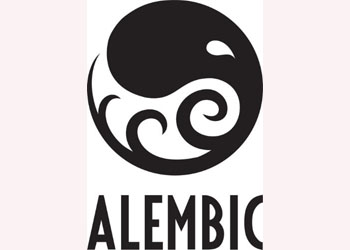Lucasfilm and Sony Release Alembic 1.0
Alembic is the computer graphics interchange format developed by these two entertainment companies last year and focused on efficiently storing and sharing animation and visual effects scenes across multiple software applications.
It was designed to handle massive animation data sets often required in high-end visual effects and animation, which are routinely developed and produced by companies such as Lucasfilm’s Industrial Light & Magic and Lucasfilm Animation Ltd. and Sony Pictures Imageworks.
The studios each saw the need for a tool like Alembic, something that would fit within existing pipelines and allow for customization at the facility level without impeding the ability to share work.
Alembic 1.0, the open source project jointly developed by Sony Pictures Imageworks and Lucasfilm Ltd., was released to the public Tuesday, August 9. The release was announced at ACM SIGGRAPH conference in Vancouver, British Columbia.
In addition to the features announced at last year’s SIGGRAPH, Alembic 1.0 includes automatic data de-duplication. The software automatically recognizes repeated shapes in complicated geometry and only writes a single instance to disk.
This makes Alembic 1.0 use less disk space than promised without requiring any extra steps on the part of the user and can improve both write and read performance as well. In the case of hero deforming humanoid characters, including hair, shot caches have been reduced by more than 70%.
For complex, deeply hierarchical and mostly rigid assets like the Transformers characters, tests have shown cache reduction in the order of 98%, say the companies.
The code base for Alembic is available for download on the project’s Google Code site and more information can be found online at: http://www.alembic.io
Both studios have made strides with open source software and recognize the importance of such initiatives, ILM with the industry standard OpenEXR format and Imageworks with OSL, Open Color I/O, Maya Reticle, Field3D, Scala Migrations and the newly released PyP.
Alembic is being offered via the New BSD License and is written in C++ and Python, leveraging the boost and HDF5 C/C++ libraries heavily, as well as OpenEXR.





